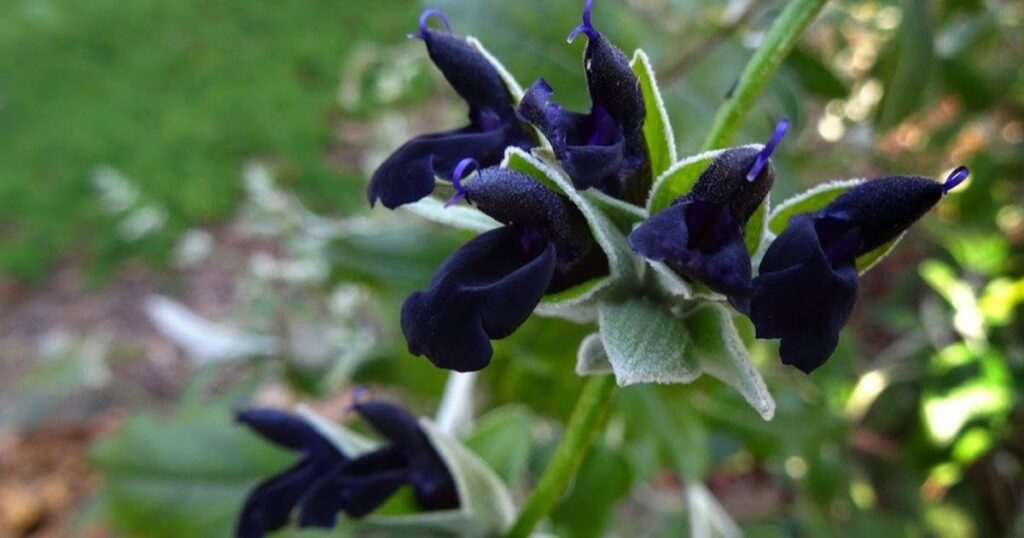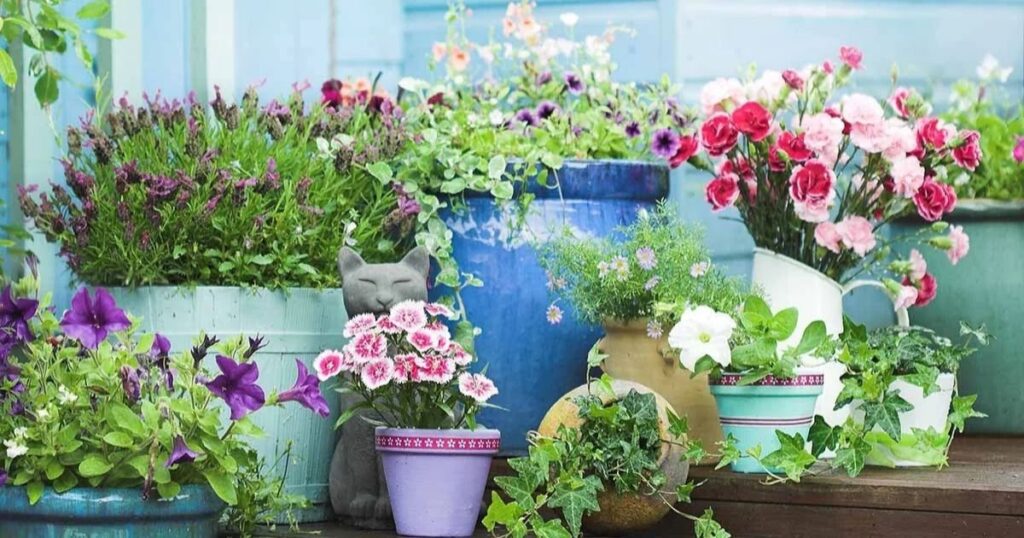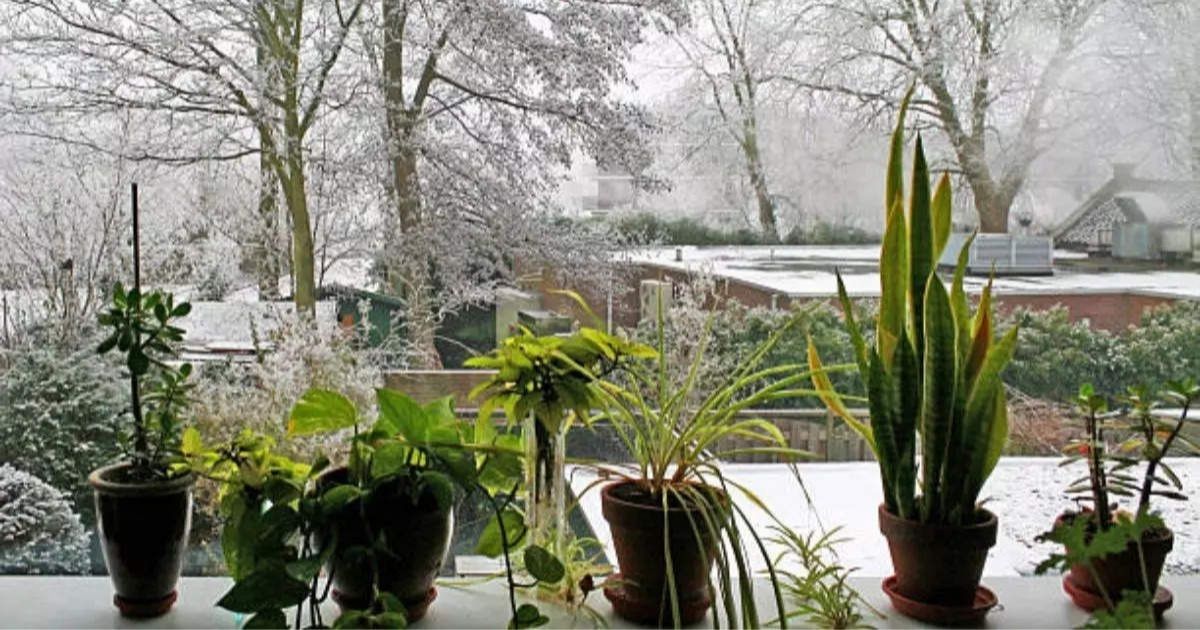5 Warning Signs Your Plants Are Experiencing Cold Shock
Plants, whether grown indoors or outdoors, can suffer from a condition known as cold shock. This occurs when a plant is exposed to temperatures lower than the minimum it can tolerate, or when there is a rapid drop in temperature. Recognizing the warning signs of cold shock is crucial for taking prompt action to protect your plants and minimize further damage.
Defining Cold Shock
Just like humans, plants can become too cold. Cold shock happens when a plant is exposed to temperatures below the minimum temperature it can tolerate. This can also occur as a result of a sudden drop in temperature. The effects of cold shock can be detrimental to the overall health and growth of your plants.
5 Key Signs of Cold Shock
Identifying the signs of cold shock in your plants is the first step in providing the necessary care and protection. Here are five key warning signs to watch out for:
Also read this post:Entrance as Per Vastu
1. Discolored Leaves

One of the most obvious signs of cold shock is discolored leaves. Instead of the usual healthy green hue, the leaves may develop spots or discoloration in shades of red, brown, or black. In some cases, the entire leaf may become discolored. This is a result of cell damage caused by the cold temperatures.
2. Wilted or Drooping Leaves
Healthy leaves should be firm and maintain their structure. However, when a plant experiences cold shock, the leaves may start to wilt, droop, or curl inward. This is due to the cell damage and loss of structural integrity within the plant. Be sure to check your regular watering schedule, as wilting can also be a sign of underwatering.
3. Root Ball Damage
The roots play a crucial role in anchoring the plant and providing it with essential nutrients and water. Cold shock can damage the root ball, causing it to loosen and weaken the plant’s foundation. If you notice your plant sitting lopsided or not firmly rooted in the ground, gently touch it to assess the level of resistance. If the root ball is loose, it’s likely a sign of cold shock.
4. Stunted Growth
In some cases, the effects of cold shock may not be immediately visible. However, if you notice that your plant’s growth is stunted or slower than expected, it could be a result of previous exposure to cold temperatures.
5. Splits in Stems or Trunks
Splits or cracks in the woody stems or trunks of your plants can also indicate cold shock. While not as serious as root ball damage, these splits should not be ignored, as they can lead to further issues if left untreated.
Remedies: What You Can Do
If you’ve identified that your plants are experiencing the effects of cold shock, it’s important to take prompt action to address the issue. However, it’s crucial to remember that the recovery process requires a gentle and patient approach. Rushing the process can further damage the plant.
Here are some steps you can take to help your plants recover from cold shock:
- Water the plant, providing about an inch of water. Ensure the soil is not oversaturated.
- Carefully trim any dead or damaged roots and repot the plant, if necessary.
- Avoid fertilizing the plant while it is recovering.
- For potted plants, bring them indoors to a protected environment.
- Do not prune the affected areas until the plant has had a chance to heal.
It’s essential to avoid overwatering or over-trimming the plant, as this can further stress it during the recovery process. With the right care and attention, your plants can bounce back from the effects of cold shock.
Looking for a Quality Landscaping Service?

If you’re dealing with the aftermath of cold shock or any other landscaping challenges, the team at [Landscaping Company Name] is here to help. Our skilled and knowledgeable professionals take pride in our integrity and attention to detail, and we can bring creative and innovative solutions to your project.
From landscape design and hardscaping to water features and outdoor lighting, we have the expertise to transform your outdoor space into a true oasis. Our services include:
Seven Flowers That Attract Butterflies
Attract these beautiful pollinators to your garden with these seven butterfly-friendly flowers: [Flower 1], [Flower 2], [Flower 3], [Flower 4], [Flower 5], [Flower 6], and [Flower 7]. These vibrant blooms not only add visual interest to your landscape but also provide essential nectar for butterflies.
Five Delightful Late Spring-Blooming Perennials
Extend the beauty of your garden well into the season with these five stunning late spring-blooming perennials: [Perennial 1], [Perennial 2], [Perennial 3], [Perennial 4], and [Perennial 5]. These resilient plants will bring a fresh burst of color to your outdoor space.
The Pros and Cons of Container Gardening

Considering container gardening for your patio or balcony? Explore the advantages and potential drawbacks to help you determine if this gardening method is the right fit for your needs and space.
Landscape Design
Our landscape designers will work closely with you to create a custom outdoor oasis that reflects your unique style and vision. From plant selection to hardscaping elements, we’ll bring your dream landscape to life.
Hardscape Design
Elevate the functionality and aesthetics of your outdoor living spaces with our expert hardscape design services. From patios and walkways to retaining walls and water features, we’ll enhance the beauty of your property.
Water Features & Ponds
Add a serene and soothing element to your landscape with custom water features and ponds. Our team will design and install stunning, low-maintenance options that will become the centerpiece of your outdoor haven.
Landscape Lighting
Extend the enjoyment of your outdoor spaces well into the evening hours with our professional landscape lighting solutions. We’ll design and install a system that enhances both the ambiance and security of your property.
Planting
Elevate the beauty and functionality of your landscape with our expert planting services. From selecting the right plants and trees to proper installation, we’ll ensure your outdoor spaces thrive.
Landscape Maintenance
Maintain the health and aesthetics of your landscape with our comprehensive maintenance services. Our team will handle everything from mowing and edging to seasonal cleanups and plant care.
Outdoor Drainage
Prevent water damage and ensure proper drainage with our expert outdoor drainage solutions. We’ll assess your property and implement the right system to keep your landscape looking its best.
Contact our team of expert landscapers today to discuss your project and receive a free quote. We look forward to helping you create the outdoor oasis of your dreams.
FAQs:
What does cold shock look like in plants?
Cold shock in plants can manifest in several visual symptoms. The most common signs include discolored leaves with spots or patches of red, brown, or black, as well as wilted or drooping foliage that has lost its structural integrity.
What are the symptoms of cold in plants?
The symptoms of cold stress in plants include discolored leaves, wilted or drooping leaves, root ball damage, stunted growth, and splits or cracks in the stems and trunks. These symptoms are the plant’s way of showing that it is struggling to cope with the cold temperatures.
What happens when plants are exposed to cold?
When plants are exposed to cold temperatures below their tolerance level, they can experience cell damage and a breakdown of their internal structures. This can lead to a range of issues, from discoloration and wilting to root damage and stunted growth.
How long does it take for a plant to get cold shock?
The onset of cold shock in plants can vary depending on the severity of the temperature drop and the plant’s overall hardiness. In some cases, cold shock symptoms may appear within a few hours of exposure to the cold. In other instances, the effects may not be noticeable for several days or even weeks.











